The budget allocated $8.7 million to assist the Vales Point generator in New South Wales in a $100 million upgrade that is now virtually complete. The funding is so conditional that it is unlikely to be used, yet the decision has sparked outrage from the wind and solar lobby — a lobby lubricated by $7 billion a year in subsidies, one thousand times that conditionally offered to Vales Point.
The subsidies to wind and solar come directly from the taxpayer and, indirectly, from regulations that force consumers unwittingly to accept growing proportions of high-cost wind and solar within their electricity supplies.
Even excluding direct taxpayer funding, the regulations favouring wind and large-scale solar mean that for every dollar these facilities earn through providing electricity, they get another dollar in subsidies. Each of the giant wind turbines, that are vilified for killing birds and bats as well as blighting the panorama, gets on average $526,000 per year in subsidies that regulations extract from electricity customers.
This will continue for the next 10 years for these large-scale renewable facilities, while the costs of the separate subsidy on the roof-top installations continue to mount. The costs to consumers of the small-scale rooftop facilities are now greater than those for wind and large scale solar.
Originally, these subsidies were meant to be a temporary fillip to renewables that naive politicians were persuaded would soon be cheaper than coal and gas. Twenty years on and the subsidies are still needed. Indeed, Brett Redman, the CEO of AGL, this week called for a new “price signal” (code for a new subsidy) for renewables and the batteries and transmission enhancements necessary for them to meet consumer demand. This would be in addition to existing subsidies.
The subsidies to renewables are not confined to the Commonwealth. State governments have also got into the act. For 15 years they have forced electricity suppliers to accept surplus electricity from household rooftop facilities at a price far in excess of its worth. More recently, state governments are committing their consumers to a decade of additional subsidies by signing Power Purchasing Agreements (PPAs) with wind and solar farms. These agreements provide the suppliers prices that are twice the cost of power available from coal generators.
Attempting to lock-in its ambitious 50 per cent renewable target, just before going into “caretaker” mode the Queensland Government spent $2 billion in PPAs underwriting loss-making wind and solar projects by Chinese owned Goldwing and French-owned Neoen. The Queensland Government has also said that it will join the Commonwealth in paying for some of the $1.7 billion CopperString transmission line from Townsville to Mt Isa, a measure that provides further subsidies to remotely situated renewables. And it has announced a $500 million Renewable Energy Fund to provide even more subsidies.
By replacing coal with high-cost unreliable renewables, it is almost as if the Queensland ALP wishes to sabotage the state’s low-cost energy supply.
There is a bitter irony from the force-feeding of renewable energy supplies into the market. Because these wind and solar resources are available only when the sun is shining and the wind is blowing, their value is much diminished. Energy, like everything else, is valuable only when it is needed.
Whereas a coal or gas generator is available over 90 per cent of the time, wind turbines are available only 35 per cent of the time and solar generators even less. Moreover, renewables tend to produce during the middle of the day when demand is less urgent or, in the case of wind, not to produce at all on hot windless days when demand is particularly strong.
Force-fed supply of variable renewables is now getting towards a 20 per cent market share. When their share was a couple of percent, their presence was just part of the noise of varying supply and demand that the market operator has to precisely match. At present level, they are creating a massive instability. They are driving prices to very low levels during the periods when they are available and forcing the curtailment of coal supply to accommodate them, thereby reducing those plants’ overhead coverage and causing wear-and-tear damage.
An upshot for renewables is reflected in the price they earn, which is far less than the average price. Buyers of their output therefore need to purchase “firming” contracts for power that is available when the wind or solar is not. Those contracts now cost something like $30 per MWh for electricity that at present is valued at only $45 per MWh. Measures like the $10 billion Snowy 2 and new transmission paper over the cracks that regulatory induced renewable energy has brought about. Labor under Anthony Albanese would go further and spend $20 billion to build a transmission grid dedicated to catering for renewables. But a renewables-rich system will need ever more such fixes.
Electricity supply and management is complex. Unfortunately, none of the eight Australian energy ministers and their most senior officials understands how the system works and how interventions favouring high cost unreliable supplies are undermining the entire system.
Alan Moran has authored chapters on Australian energy in five international compendiums as well as the energy chapter in the recently released “Keeping Australia Right”. His latest book is “Climate Change: Treaties and Policies in the Trump Era”.
Got something to add? Join the discussion and comment below.
Get 10 issues for just $10
Subscribe to The Spectator Australia today for the next 10 magazine issues, plus full online access, for just $10.

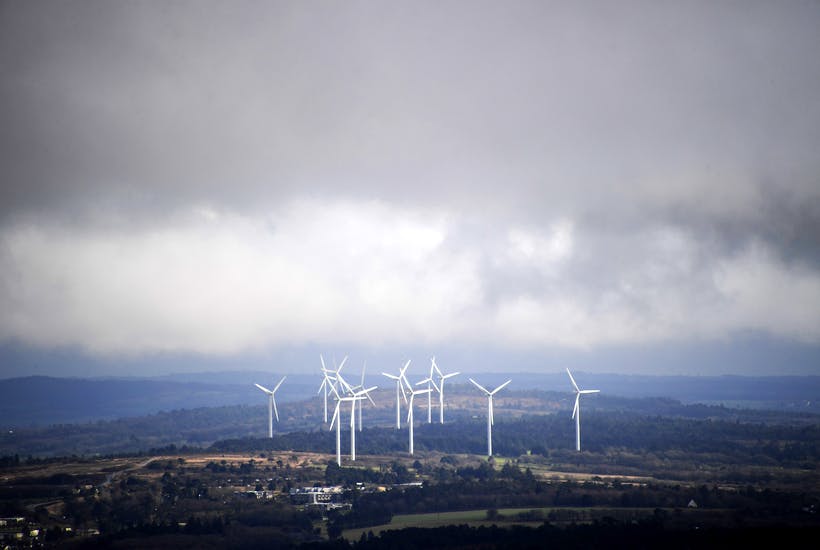
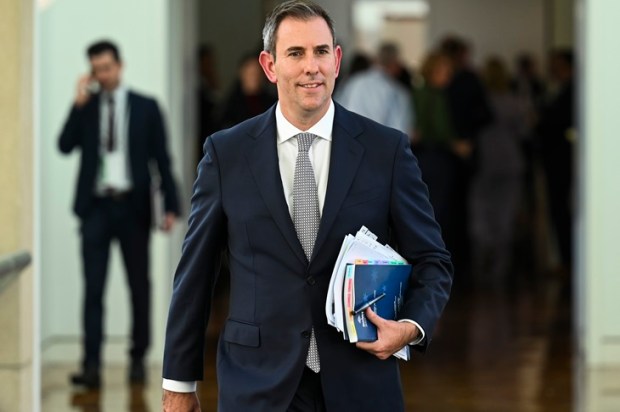
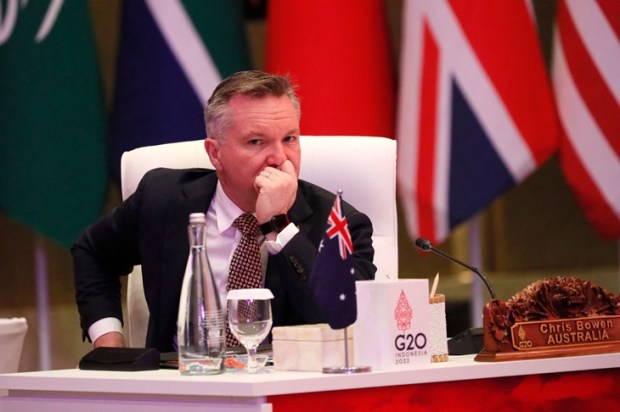
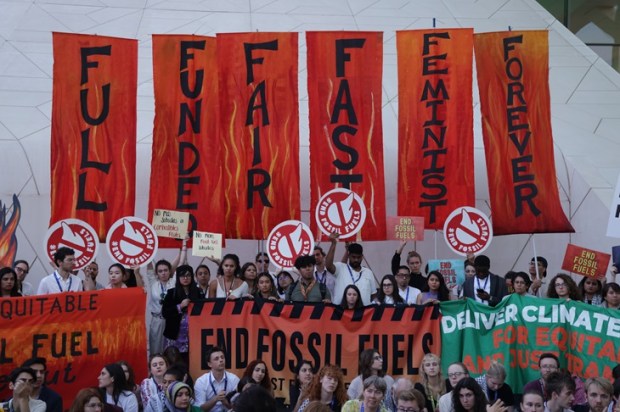
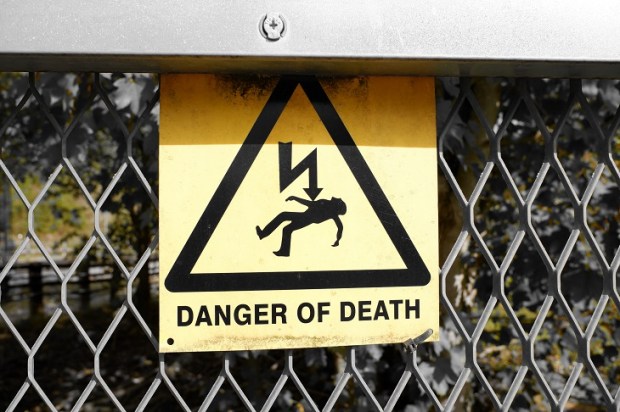
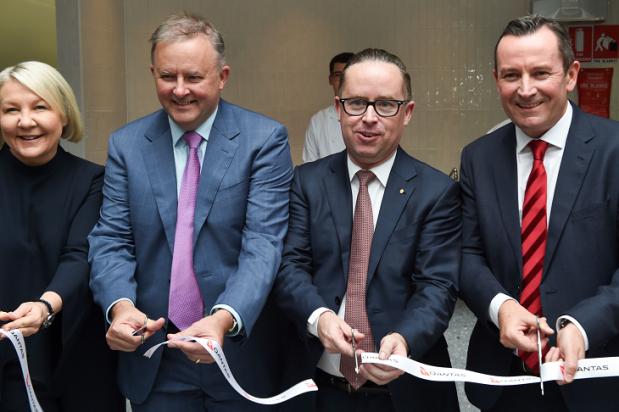



















Comments
Don't miss out
Join the conversation with other Spectator Australia readers. Subscribe to leave a comment.
SUBSCRIBEAlready a subscriber? Log in